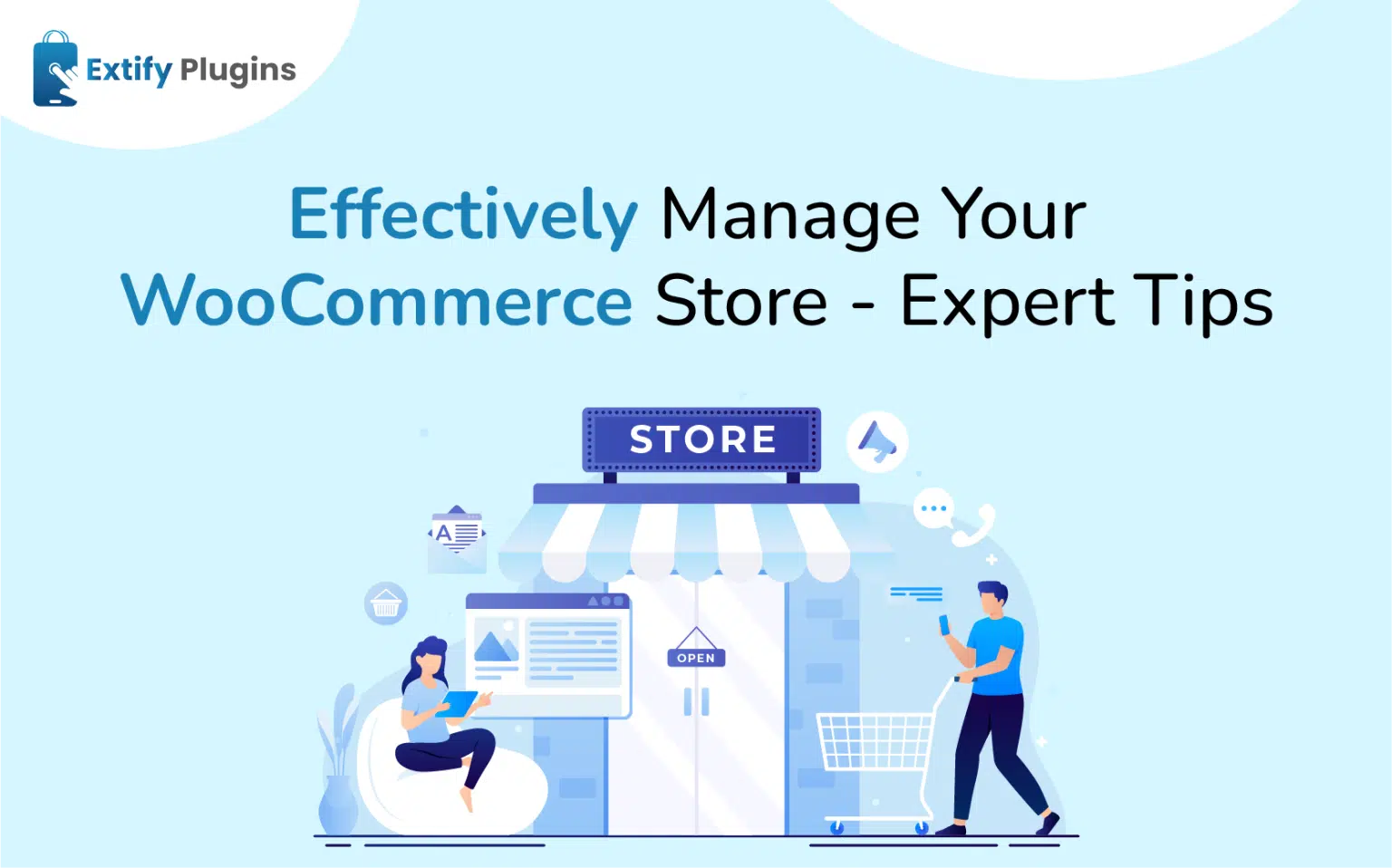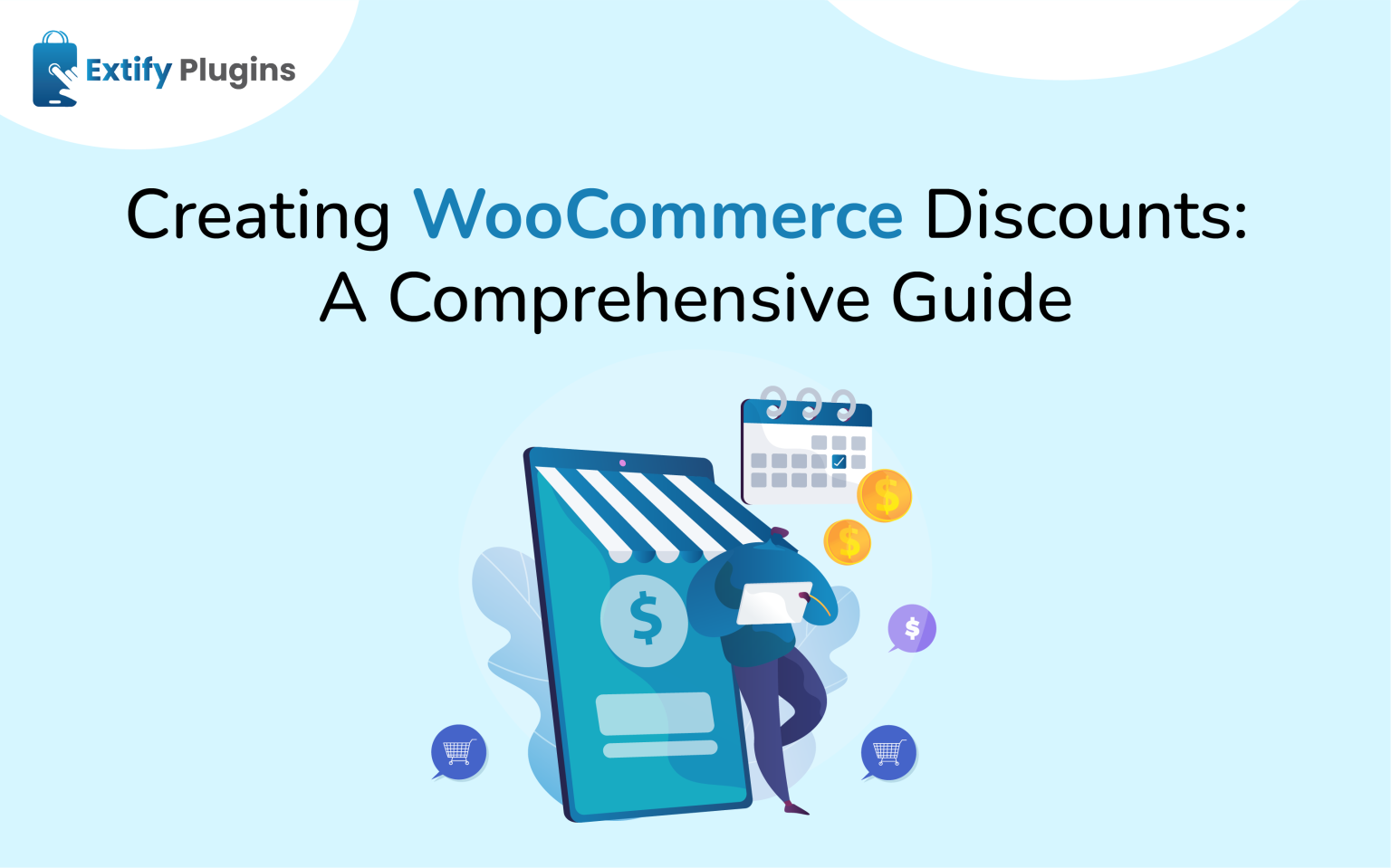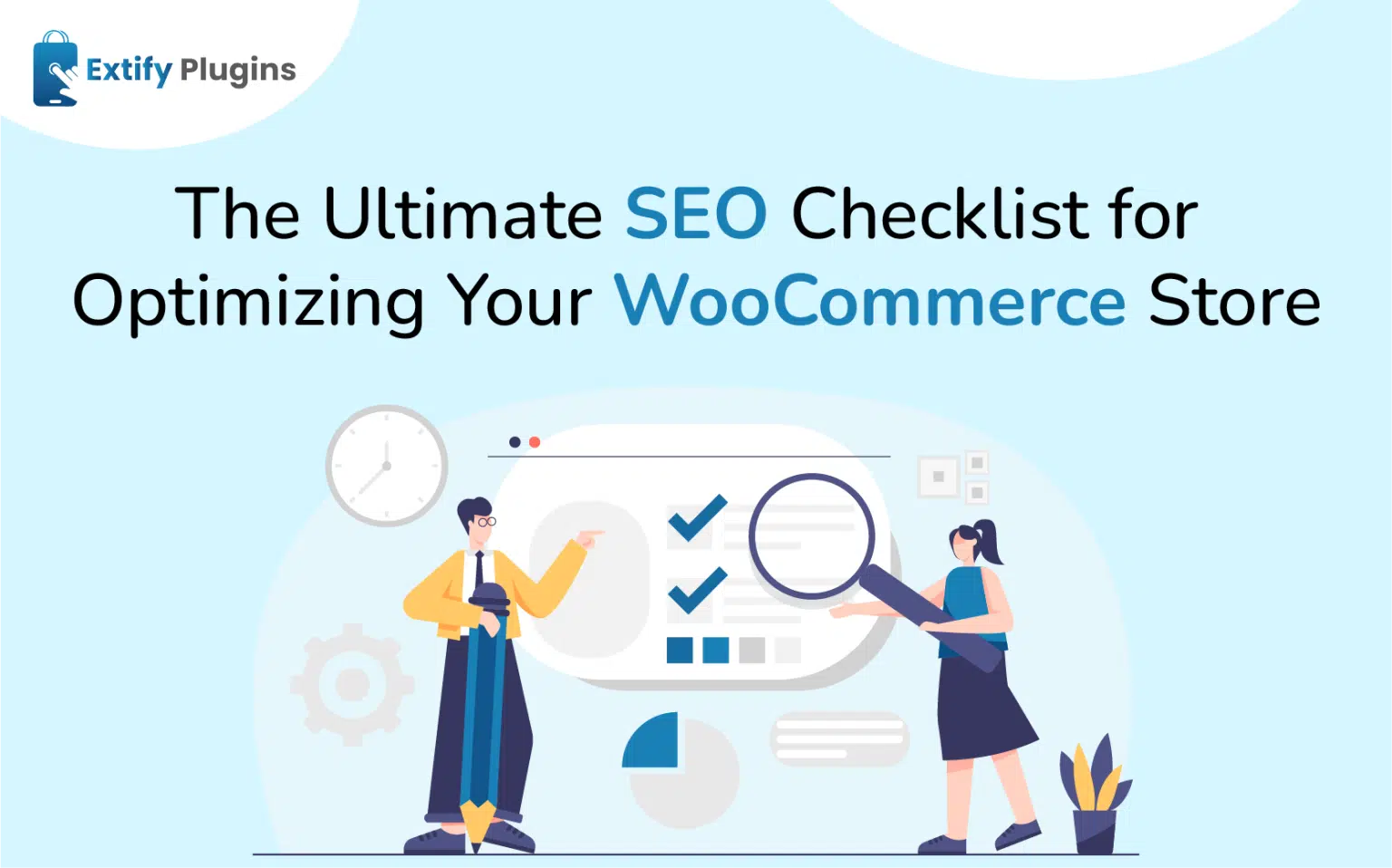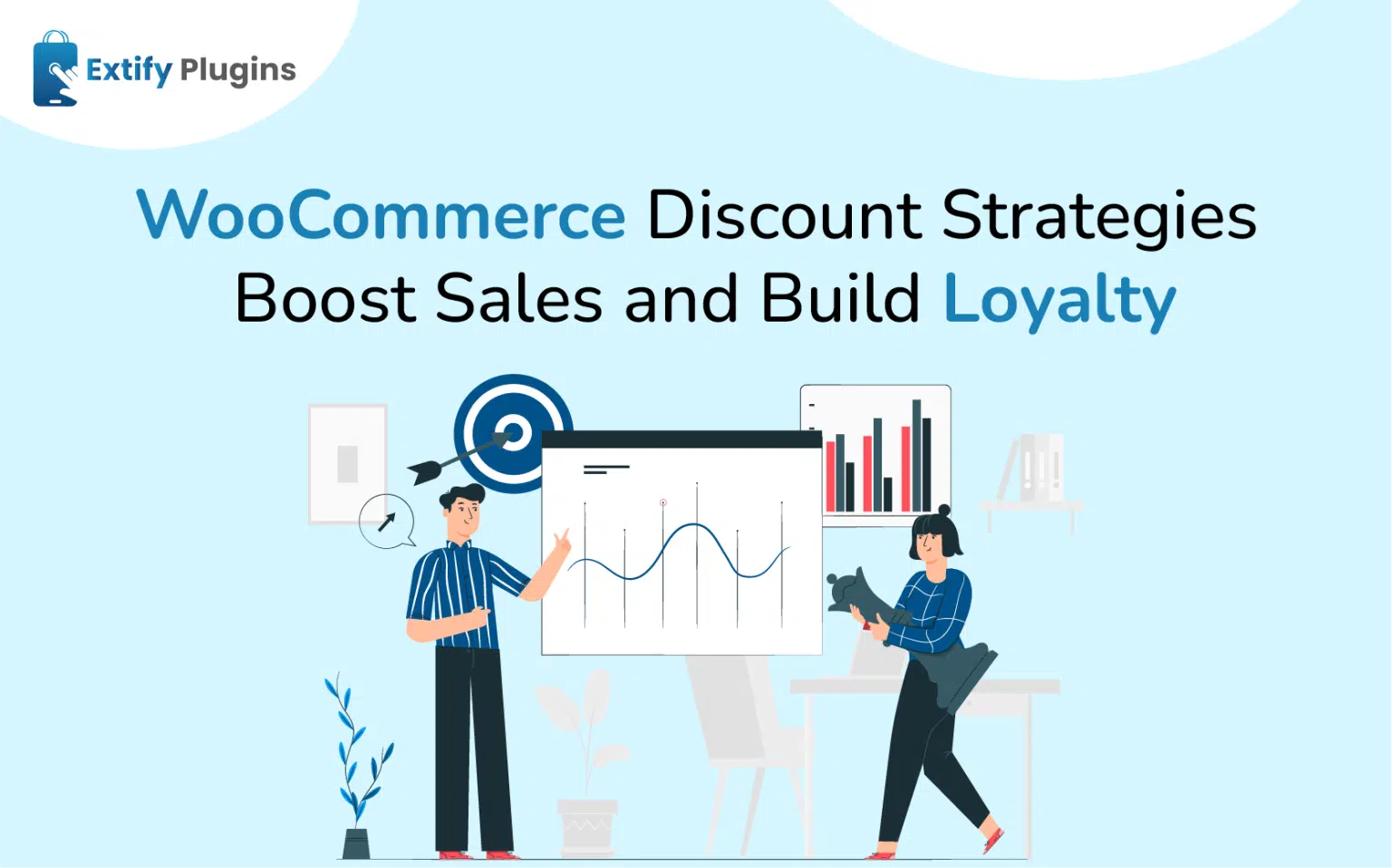Are you weary of trawling through your WooCommerce store’s complexity? You’re not by yourself. But do not worry! You may become a high-revenue powerhouse with your online store by using the appropriate tactics.
Let’s talk about five doable strategies to improve your WooCommerce website.
One of the strongest WordPress plugins available is WooCommerce. It enables you to use your WordPress website to easily and effectively set up an online store. Although it may appear simple to set up a WooCommerce store, all you need to do is add products, create categories, and allow customers to begin browsing.The backend reality is far more intricate.
Few actions are involved in effective store administration, but they are all crucial to a seamless operation, from shipping products to managing inventories.
In this article, we provide five essential tips to help you manage your WooCommerce store effectively.
1. Choose Product Categories Strategically
Product categories are essential for navigation in an ecommerce store. They help new customers quickly understand the range of products you offer. However, there are two common mistakes store owners make: poor category naming and incorrect category creation.
Naming Categories
Your categories should be comprehensible. Avoid using esoteric names that only a few customers understand, as this can lead to confusion and harm the user experience. An average customer should be able to grasp what products a category contains just by looking at the name.
Creating Categories
The number of categories you create should depend on the volume of products in your store. Avoid creating new categories for a small number of products. As a general rule, consider adding a new category only if you plan to add at least ten products to it. For fewer products, use product tags instead. This approach ensures that customers have a broader selection within each category, improving their shopping experience.
2. Manage Product Inventory
Managing inventories effectively is essential to operating an online store. Negative customer experiences and orders that are not fulfilled might result from poor inventory management. WooCommerce comes with built-in inventory management and update tools, such the ability to display out-of-stock labels and update inventory counts, for your store.
Inventory Alerts
Turn on inventory depletion alerts to receive email notifications when stock levels of a product are approaching. By keeping you informed about stock availability, these alerts let you reorder products before they run out.
3. Leverage WooCommerce Analytics
WooCommerce offers an Analytics feature that lets you track essential performance metrics. Instead of relying on third-party tools, you can utilize WooCommerce Analytics to evaluate your store’s performance.
Key Metrics to Track
- Gross Sales: The total revenue from the sale price of items multiplied by the quantity sold.
- Total Sales: Gross sales plus shipping and taxes, minus returns and coupon discounts.
- Net Sales: Gross sales minus returns and coupon discounts.
- Orders: The total number of orders placed.
- Refunds: The total refunded amount.
- Shipping: The total amount customers pay for shipping.
- Total Tax: Includes both order and shipping tax.
Use these metrics to get insights of your online store performance, analyze emerging trends, and make better decisions. These reports can also be exported in a CSV file.
4. Streamline Shipping and Payments
Shipping and payment processes are critical components of order fulfillment in an ecommerce store. WooCommerce enables you to set up different shipping zones, allowing you to charge varying shipping costs based on customer location and shipping method.
Shipping
Set up different shipping zones to manage shipping costs effectively. This ensures you can offer accurate shipping rates based on the customer’s location and preferred shipping method.
Payments
Choosing the right payment gateway is essential for smooth transactions. Use widely known payment gateways that your customers trust to reduce abandoned checkouts. If you target an international audience, offer multiple payment gateways to accommodate various preferences.
5. Choose the Right Plugins
Plugins enhance the functionality of your WooCommerce store, but installing too many can slow down your website and make management challenging. Focus on a select few plugins that genuinely add value to your store.
Plugin Recommendation
WooCommerce Role Based Pricing
With WooCommerce Role Based Pricing, you can assign different prices to different user roles. Offering special prices to members, wholesale clients, or other targeted customer groups is one usage for this.
From the backend, managing markups, discounts, and custom price rules is simple.
WooCommerce Sort Products
Rearrange products with this WooCommerce Plugin, You can sort products by price, popularity, rating, and even custom sorting with drag & drop capabilities, thanks to the WooCommerce Sort Products plugin that improves the user experience in your business.
To make it simpler for customers to find what they’re looking for, you can add a configurable sorting option to your store and category pages with this plugin.
Plugin Management
Keep your plugins updated and test updates on a staging site to avoid website errors. Limit the number of active plugins to ensure your site runs smoothly and efficiently.
In Conclusion
Taking care of a lot of moving pieces is part of managing a WooCommerce store. A successful online store depends on efficient management, which includes everything from product categories and inventory control to shipping and payment processing.
Put these suggestions into practice to improve client shopping and optimize the administration of your WooCommerce store.






